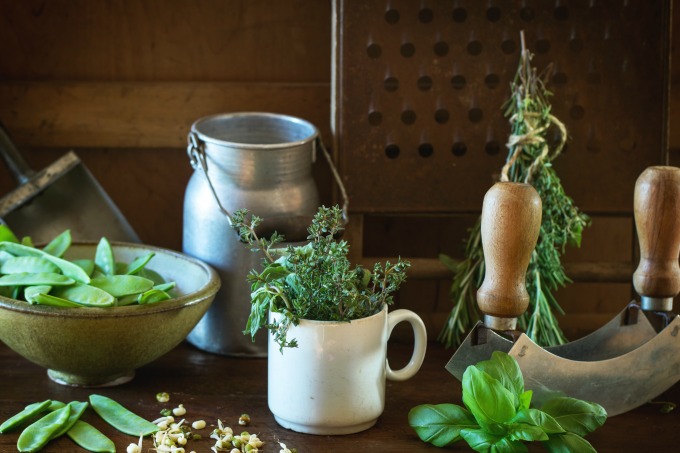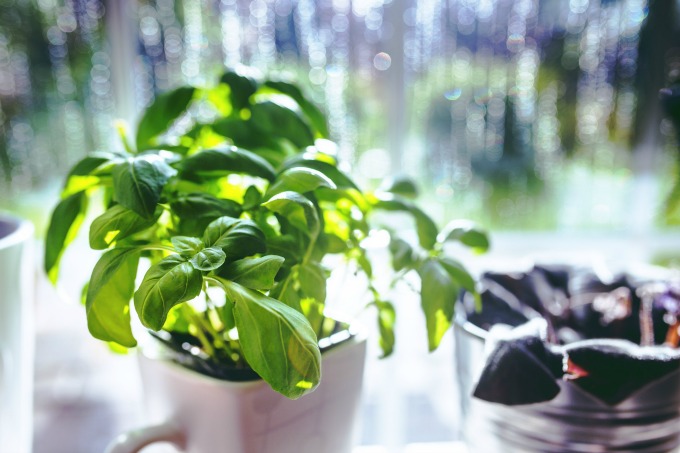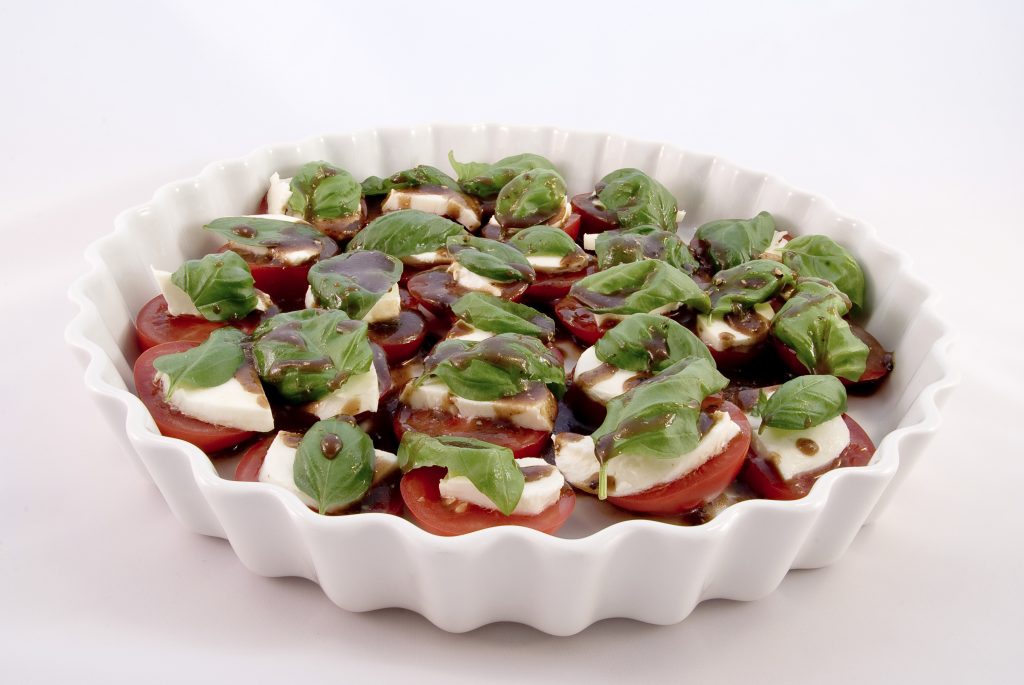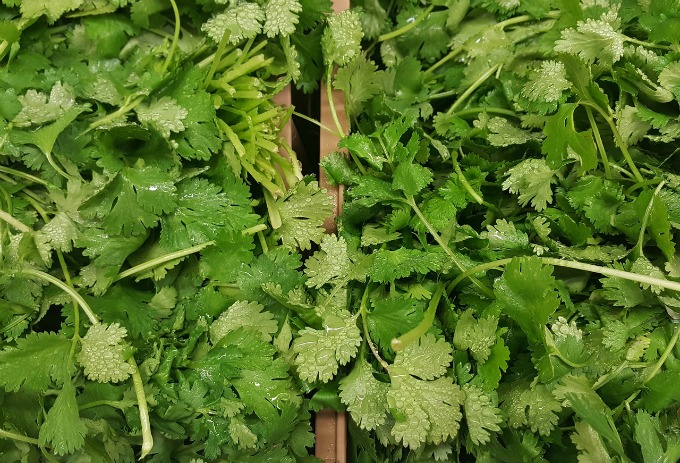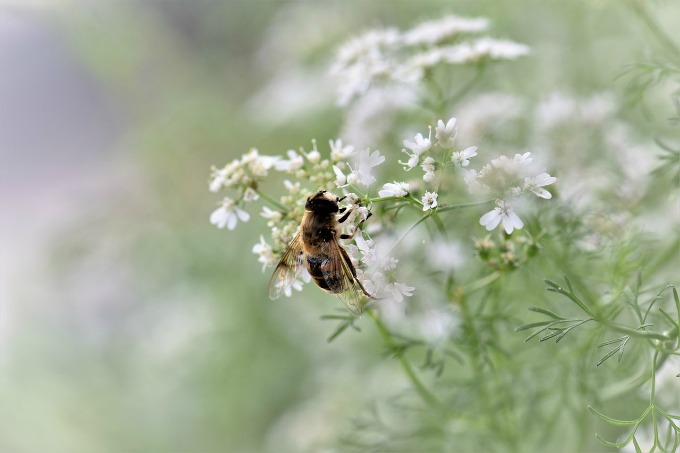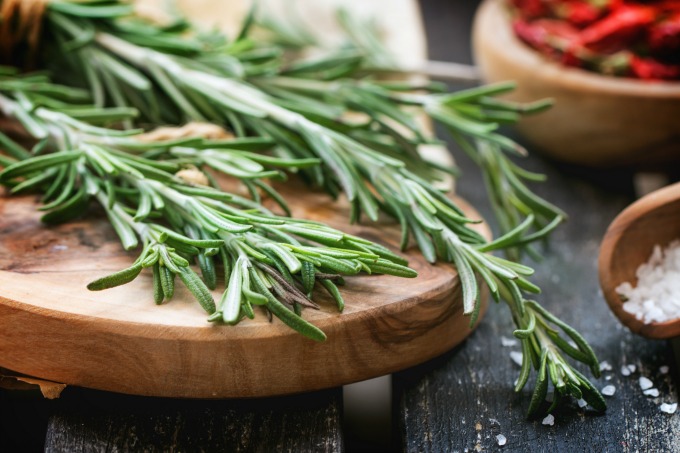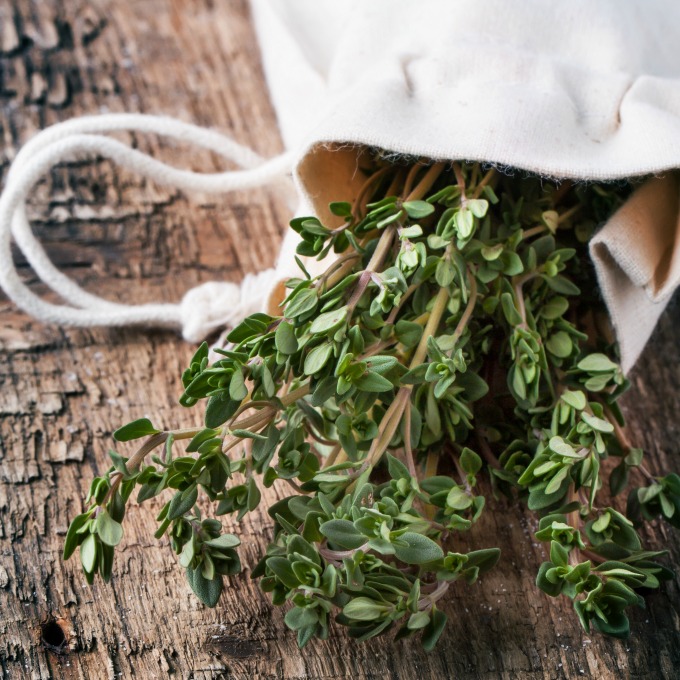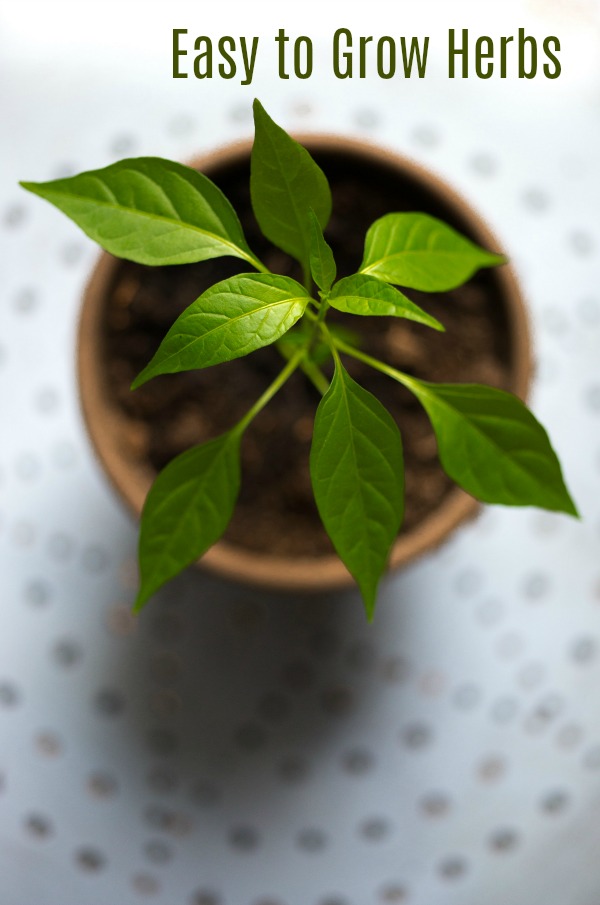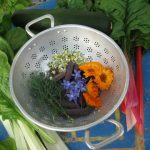Growing an herb garden is an easy way to add freshness and flavor to your foods. Herbs add interest to your favorite dishes. Unfortunately, fresh herbs can be expensive to buy at the grocery store and they aren’t always in their prime. Not only that, you have no idea how they were grown.
Using their dried counterparts in your favorite recipes, is an option. However, they just don’t deliver the same flavor profile or bit of freshness to your meals. Fortunately, you can enjoy fresh herb flavor all year long and you don’t need a ton of space to do it.
If growing a full-scale garden isn’t your thing, or if space is at a premium in your garden, consider a windowsill herb garden. Not only do you want to select herbs that are easy to grow, you’ll also want to select versatile options that work with recipes you like to make. If you don’t love basil, don’t plant it – no matter how foolproof it is to grow. The following list of easy-to-grow culinary herbs can help you get started.
4 Easy to Grow and Versatile Herbs
Basil
Basil tops the list because it’s so versatile and is super easy to grow from seed. Plus, almost everyone loves basil. All you need is a small pot and sunny windowsill to have fresh basil at your fingertips all year long. Growing basil is practically foolproof.
What could be better than a Caprese salad with juicy tomatoes paired with fresh mozzarella and fresh-picked basil that you grew? Top with a balsamic reduction, some good extra virgin olive oil, and a little salt and fresh-cracked pepper and you’ve got a delicious and easy lunch entrée or dinner salad.
Basil is also the main ingredient in fresh pesto recipes and it pairs beautifully with tomato-based pasta sauces. For a unique twist, add julienned basil and Brie cheese to sourdough bread for a fabulous grilled cheese sandwich. If you want to get even more creative, plant a pot of purple basil in your herb garden to make a beautiful and delicious purple basil jelly or pineapple basil for a little subtle sweetness.
Cilantro (Coriander)
Cilantro is the bad boy of the herb world. It’s so controversial! Do you love it or hate it? Personally, I’m a fan, so it stays in the herb garden. This herb does double duty. The fresh leaves (cilantro) of young plants are a staple in Mexican cooking. Fresh cilantro is a key ingredient in homemade salsas and adds a unique flavor dimension to salad greens. It can also be used in a wide variety of marinades for beef, chicken, pork and vegetables. It’s especially well-suited for marinating meats for fajita recipes.
Cilantro is also very easy to grow from seed. You can extend the life of your plant by harvesting it down and keeping it in cooler areas. Despite your best efforts, your cilantro will eventually “bolt” and form lacy flowers. These flowers will set seeds that can be harvested. Lightly toast these collected seed and grind them up to create coriander. Coriander has a mellower flavor than its fresh counterpart and is a nice complement to many recipes.
Rosemary
Rosemary can also be started from seeds, but you may find it easier to pick up small plants from your local garden center each spring. They can then be brought indoors during cooler weather, but you will need to keep them moist and provide access to a sunny window, preferably with a southern exposure, * to keep them happy.
Not only is rosemary delicious in marinades for roasted chicken, pork, or beef, it also imparts a wonderful earthy aroma to roasted new potatoes and homemade focaccia bread.
Rosemary is also a gorgeous plant that’s a great addition to your edible landscaping. It adds structure to the herb garden with its elegant upright growth habit. Plus, the plants can easily be shaped to look like a Christmas tree. As a result, rosemary makes a lovely hostess gift around the holidays.
Thyme
Thyme is another classic culinary herb that can be easily grown. Fresh thyme is a staple in many types of cuisine and adds a distinctive flavor to meat-based dishes. It’s wonderful in stews and soups, too. For a special treat, grow lemon thyme to add an unexpected hint of citrus flavor to your dishes.
Another thing to love about thyme is its beauty. It has a beautiful growth habit that makes it ideal in pots next to taller herbs like rosemary. Use it outdoors to edge walkways and paths. It will add a fragrant element to your landscape, but don’t use those plants for cooking. Especially if you have pets.
Of course, these four easy-to-grow culinary herbs barely scratch the surface of what you can grow in a limited space. The herbs listed here are easy to grow, practically foolproof, and can be used in a diverse range of recipes. Not only will you enjoy growing them, you’ll love using them, too.
You might also like
- A Guide to Edible Flowers
- 8 Veggies to Grow in a Container Garden
- How to Build a Raised Bed Garden

